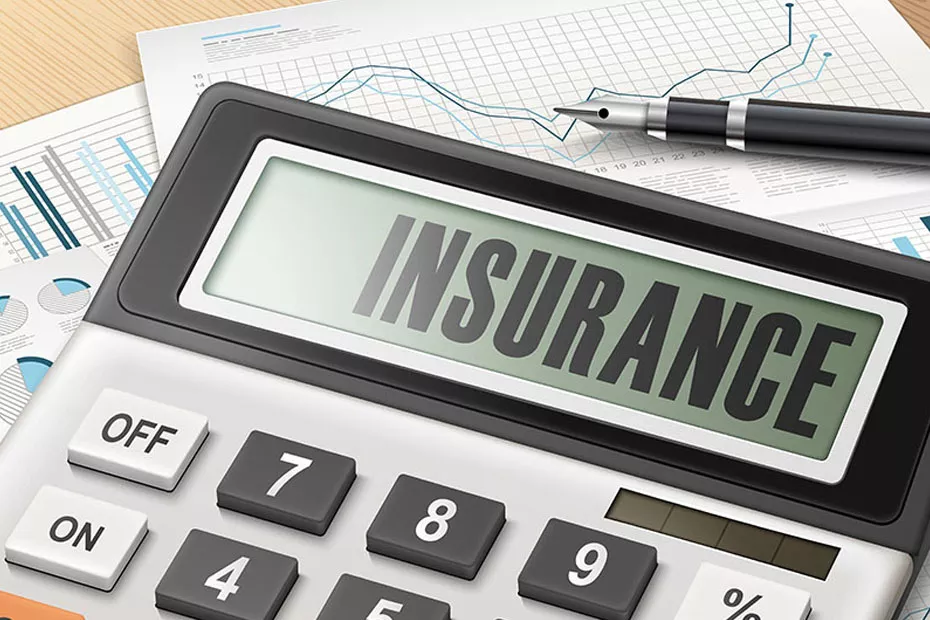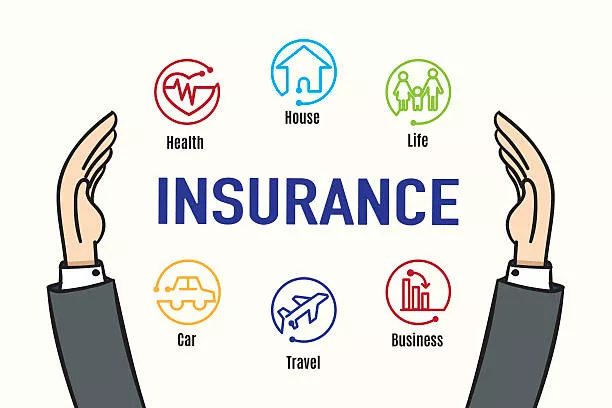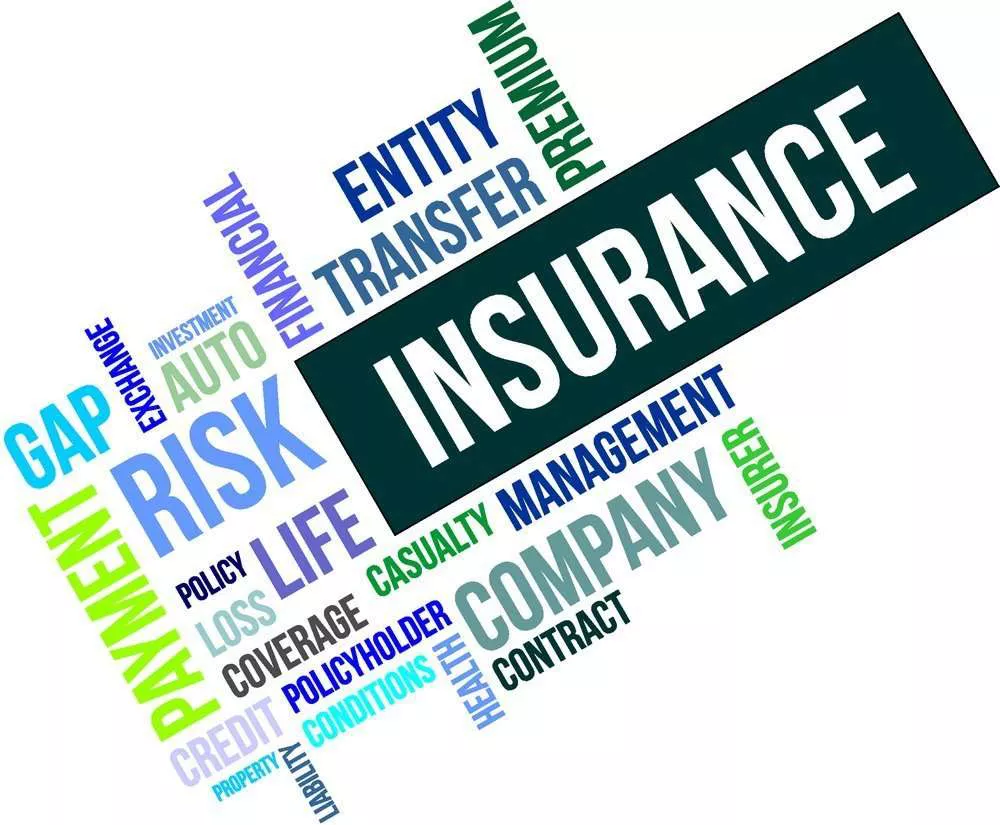Mobile homes, also known as manufactured homes, offer a unique living experience and a sense of freedom. Like traditional homes, mobile homes require insurance to protect against various risks. Mobile home insurance is specially designed to cover the specific needs of these types of homes. In this article, we will explore the seven most important things covered by mobile home insurance.
1. Dwelling Coverage
What is Dwelling Coverage?
Dwelling coverage is the cornerstone of any mobile home insurance policy. It covers the physical structure of the mobile home itself. This includes the walls, roof, and built-in appliances. If your mobile home is damaged by a covered peril, such as fire, windstorm, or vandalism, dwelling coverage will help pay for the repairs or rebuilding.
Why is Dwelling Coverage Important?
The cost of repairing or rebuilding a mobile home can be substantial. Without dwelling coverage, you would have to bear these expenses out of pocket. This coverage ensures that you have financial support to restore your home to its pre-loss condition. It provides peace of mind knowing that your primary investment is protected.
Coverage Limits
Dwelling coverage typically has limits based on the value of your mobile home. It’s essential to accurately assess the replacement cost of your home to ensure you have adequate coverage. Underinsuring your mobile home can result in significant out-of-pocket expenses in the event of a total loss.
See Also: 7 Best Pet Insurance Plans For Senior Dogs
2. Personal Property Coverage
What is Personal Property Coverage?
Personal property coverage protects your belongings inside the mobile home. This includes furniture, electronics, clothing, and other personal items. If your possessions are damaged or stolen, personal property coverage will help reimburse you for their value.
Types of Covered Perils
Common perils covered under personal property coverage include:
Fire and smoke damage
Theft and vandalism
Wind and hail damage
Water damage (excluding flood)
Replacement Cost vs. Actual Cash Value
There are two primary types of personal property coverage: replacement cost and actual cash value. Replacement cost coverage reimburses you for the cost of replacing the damaged item with a new one of similar kind and quality. Actual cash value coverage reimburses you for the item’s value at the time of loss, considering depreciation. Replacement cost coverage is generally more expensive but provides better protection.
Coverage Limits and Special Items
Personal property coverage has limits, so it’s crucial to review your policy to understand these limits. Additionally, some high-value items like jewelry, art, and collectibles may require additional coverage through endorsements or riders.
3. Liability Coverage
What is Liability Coverage?
Liability coverage protects you if you are found legally responsible for injury or property damage to others. This coverage helps pay for legal fees, medical expenses, and damages awarded to the injured party. It also covers incidents that occur both on and off your property.
Examples of Covered Incidents
A visitor slips and falls on your property.
Your pet injures someone.
You accidentally cause damage to someone else’s property.
Importance of Liability Coverage
Liability claims can be financially devastating. Medical expenses and legal fees can quickly add up, potentially resulting in bankruptcy without adequate coverage. Liability coverage provides essential financial protection and peace of mind.
Coverage Limits
Liability coverage typically comes with a minimum limit, but higher limits are available. It’s advisable to choose higher limits to ensure you are adequately protected against potential lawsuits and large claims.
4. Additional Living Expenses (ALE) Coverage
What is ALE Coverage?
Additional Living Expenses (ALE) coverage, also known as loss of use coverage, helps pay for extra costs you incur if your mobile home becomes uninhabitable due to a covered peril. This coverage can include expenses for temporary housing, meals, and other living expenses.
When is ALE Coverage Activated?
ALE coverage is activated when your mobile home is damaged by a covered peril and you cannot live in it during repairs or rebuilding. For example, if your home is damaged by a fire, ALE coverage will help cover the cost of a hotel or rental home.
Coverage Limits
ALE coverage has limits, usually a percentage of your dwelling coverage. It’s important to review your policy to understand these limits and ensure you have adequate coverage for potential displacement costs.
Importance of ALE Coverage
Displacement from your home can be both emotionally and financially stressful. ALE coverage provides financial relief by covering additional costs you wouldn’t normally incur, helping you maintain your standard of living during a challenging time.
5. Detached Structures Coverage
What is Detached Structures Coverage?
Detached structures coverage, also known as other structures coverage, protects structures on your property that are not attached to your mobile home. This can include sheds, garages, fences, and decks.
Types of Covered Perils
Detached structures are typically covered against the same perils as your mobile home, such as fire, wind, hail, and vandalism.
Coverage Limits
Detached structures coverage usually has a separate limit, often a percentage of your dwelling coverage. It’s essential to assess the value of your detached structures to ensure you have sufficient coverage.
Importance of Detached Structures Coverage
Detached structures can be valuable assets on your property. This coverage ensures that you can repair or replace these structures if they are damaged by a covered peril. It helps maintain the overall value and functionality of your property.
6. Medical Payments Coverage
What is Medical Payments Coverage?
Medical payments coverage, often referred to as MedPay, provides coverage for minor injuries that occur on your property, regardless of who is at fault. This coverage helps pay for medical expenses such as doctor visits, hospital stays, and ambulance fees.
Examples of Covered Incidents
A guest trips and falls on your property.
A neighbor’s child is injured while playing in your yard.
Coverage Limits
Medical payments coverage typically has lower limits compared to liability coverage. However, it can provide quick financial assistance for minor injuries, potentially preventing larger liability claims.
Importance of Medical Payments Coverage
MedPay coverage provides an added layer of protection by covering minor injuries and medical expenses. It can help maintain good relationships with guests and neighbors by addressing medical costs promptly and efficiently.
7. Protection Against Specific Perils
Common Perils Covered
Mobile home insurance policies typically cover a range of common perils, including:
Fire and smoke damage
Windstorm and hail damage
Vandalism and theft
Water damage (excluding flood)
Exclusions and Limitations
While mobile home insurance covers many perils, it also has exclusions. Common exclusions include:
Flood damage
Earthquake damage
Wear and tear
Neglect and maintenance-related issues
Optional Coverages
To address these exclusions, you may need to purchase additional coverage, such as flood insurance or earthquake insurance. These optional coverages provide comprehensive protection against risks not covered by a standard mobile home insurance policy.
Importance of Understanding Covered Perils
Understanding the specific perils covered by your policy is crucial for ensuring adequate protection. Reviewing your policy and discussing potential risks with your insurance agent can help you identify any gaps in coverage and secure the necessary endorsements.
Conclusion
Mobile home insurance is a vital safeguard for protecting your home and belongings against various risks. The seven most important things covered by mobile home insurance—dwelling coverage, personal property coverage, liability coverage, additional living expenses coverage, detached structures coverage, medical payments coverage, and protection against specific perils—provide comprehensive protection for your unique living situation.
By understanding these coverages and reviewing your policy regularly, you can ensure that you have adequate protection for your mobile home and peace of mind knowing that you are prepared for unexpected events. Investing in the right mobile home insurance coverage is a crucial step in protecting your home, your belongings, and your financial well-being.
Related topics:
































